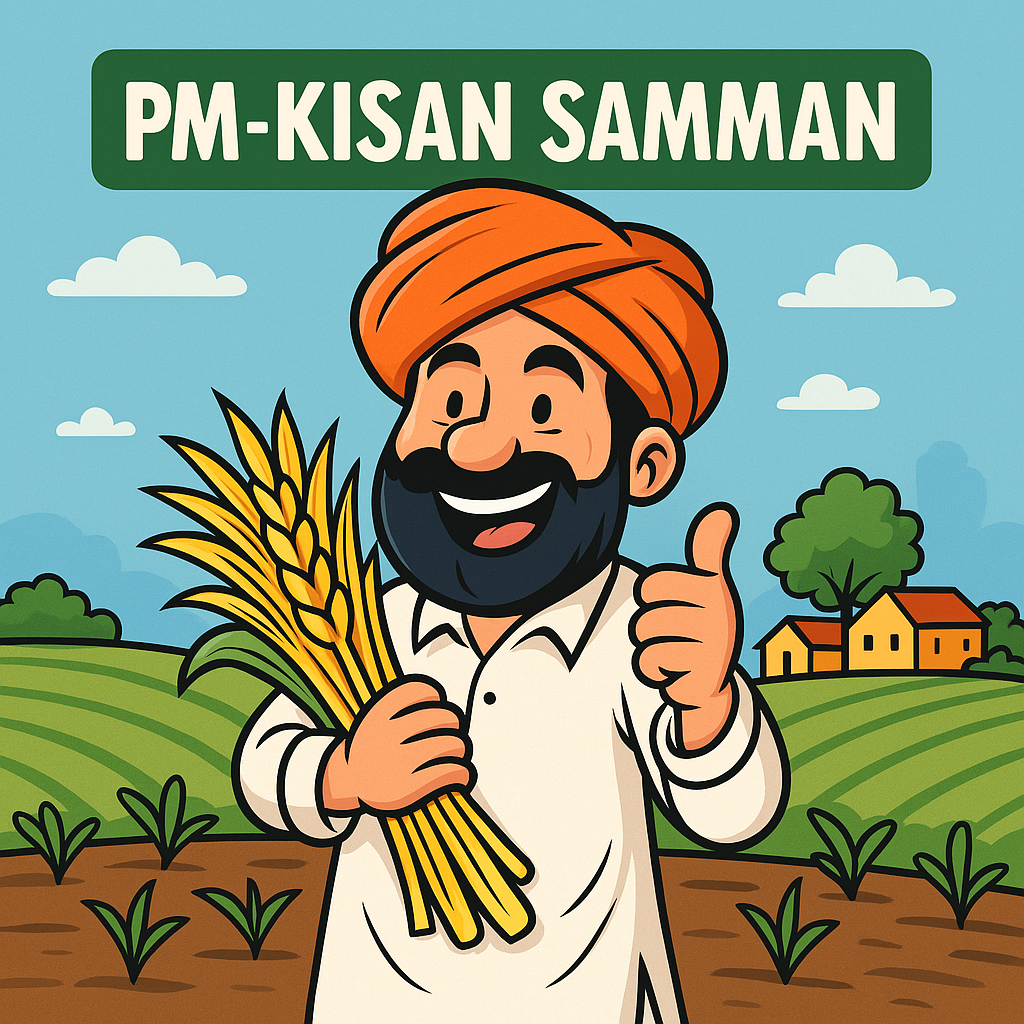Abstract
The path to the country’s prosperity passes through the fields and barns of the villages. – Chaudhary Charan Singh. These words stand true for our country, where agriculture is the backbone of the economic and cultural experience. The percentage of the population engaged in agriculture is 46.1% and has only increased since Covid. As much as this sector is predominant, it is also subject to distress occasionally. It is a job teeming with the risks of being unable to control the output quantities due to weather changes, abiotic factors like drought, increased salinity, etc. The government has backed this sector with various social sector schemes like Pradhan Mantri Fasal Bima Yojana, Social Health Card and various income support schemes and extended a helping hand through these financial incentives. One such scheme to be discussed in this paper is Pradhan Mantri Kisan Samman Nidhi Yojana, launched to boost the rural economy and facilitate the farmers to purchase agricultural products and fulfil their basic needs.
Keywords: PM-KISAN scheme, Direct Benefit Transfer, Income Support schemes, Beneficiaries
Introduction
P Chidambaram says, “ Inflation is a milestone. Food inflation has averaged 6.18 % between 2012 and 2024. Healthcare costs have increased at an annual rate of 14%. The rate of inflation in education has been around 11%. CMIE said the Al India unemployment rate in December 2024 was 8.1%. Breaking the number by age, education, or gender will reveal a more depressing picture.” (Chidambaram, 2025) The above-mentioned data reveals that the country is grappling with high prices and a major portion of the population struggles to make ends meet. Even though our economy claims to be the fastest growing, it lags in actual numbers. In a country where agriculture is the driving force of the economy, inflation plagues the lives of Indian farmers too. Inflation for an agricultural household would materialise in the form of an increase in the price of farming outputs such as fertilizers, machinery, etc which will in turn affect their production cost and hence reduce their profit margins.
This sector comes with a defined set of risks like debt, weather risks, etc. The agricultural sector bears many problems and still shows an incredible share in the economy. To top, these problems are the unnerving status of low agricultural household income.
Click Here To Download The Paper


📌Analysis of Bills and Acts
📌 Summary of Reports from Government Agencies
📌 Analysis of Election Manifestos

